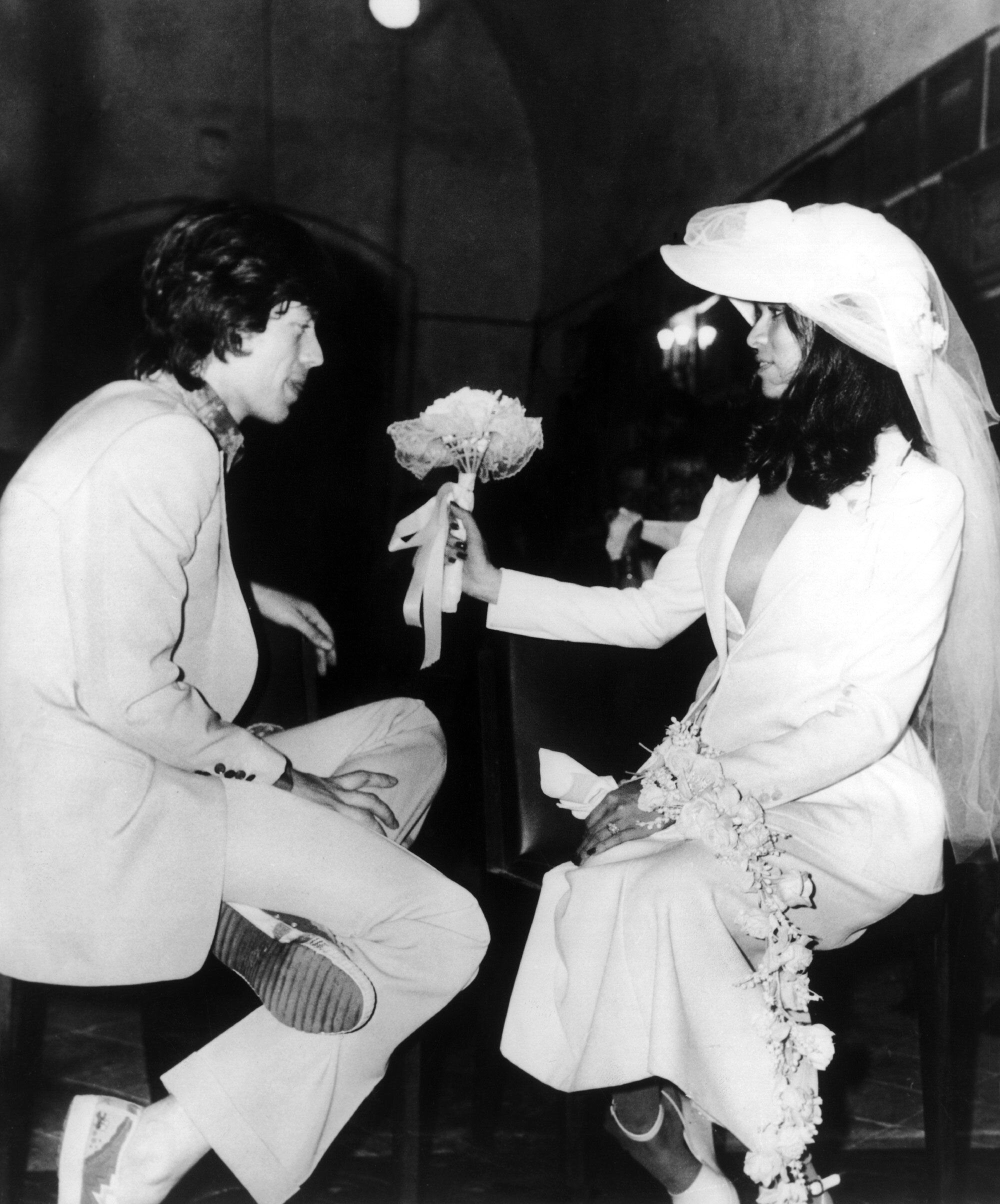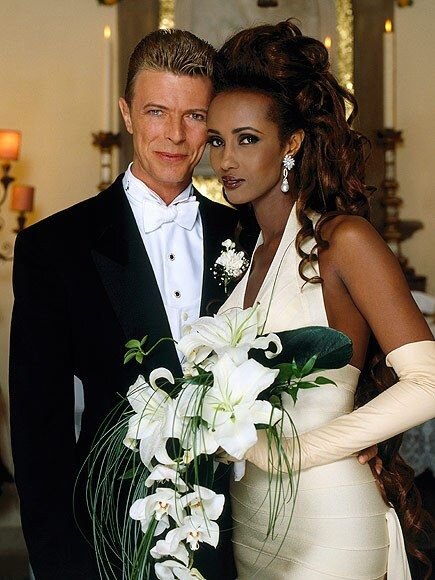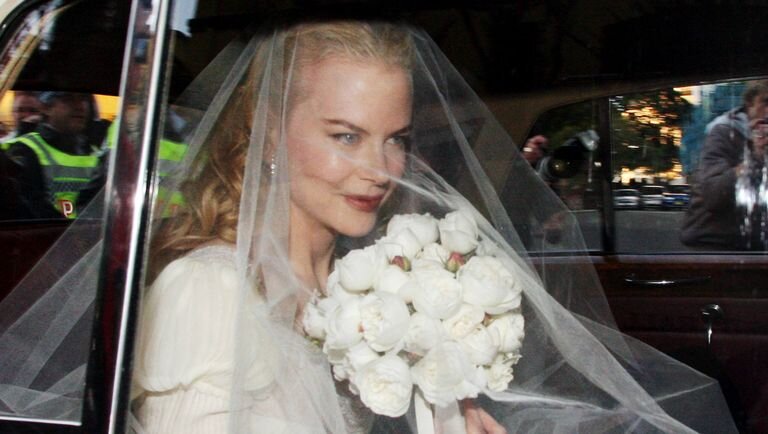A look at bridal bouquets through the decades
THE 40’s
During the ‘40s wartime era many weddings revolved around men having to leave for military and would commonly occur on short notice starting the DIY wedding trend , as brides would have as little as a day to whip up a wedding. Women were inventive and creative, using garden flowers, paper flowers, brooches, or other household stand ins for bouquets!
Women with the luxury of planning ahead usually opted for full, round, compact bouquets of white flowers. In the late 40s, cascading bouquets became more prominent.
Judy Garland and Vincent Minelli 1945
Norma Jeane And James Dougherty 1942
THE 50s
With post-war life returning to normalcy, marriage rates reached near all-time highs. Couples celebrated their triumphant love with a return to decades-old trends like hand gloves, fancy dress codes and lavish church ceremonies. Classic church wedding flowers like white roses, gardenias, and lilies prevailed. Sprays of tulle, ruffles, or chenille leaves filled in the bouquets. Big ball-gown dresses and appropriately large bouquets were all the rage. We also started seeing prayer books decorated with small blooms used as bouquets
Jacqueline Lee Bouvier and John F Kennedy September 12, 1953
Natalie Wood and Robert Wagner in 1957
THE 60s
Mini-skirts, shift dresses, bouffants and Twiggy liner.
Ballroom receptions and church ceremonies were common for traditionalist couples, but alternative brides adopted the modern stylings of Priscilla Presley and Sharon Tate and later into the decade , the bohemian and barefoot looks of Stevie Nicks and Joni Mitchell. Cakes continued their descent higher into the sky, the Space Age upped the popularity of modernist details, and the burgeoning hippie movement introduced the daisy as a staple wedding flower. Bouquets tended to be small which allowed brides to be unencumbered and have no fuss.
Liz taylor and Richard Burton March 15 1964
June and Johnny Cash
Yoko Ono and John Lennon, not quite a bouquet but I am not sure there has ever been a more iconic wedding
THE 70s:
.Wedged in between the casual, easygoing wedding flair of the 60s and classic formality of 80s nuptials, the 70s was a collection of everything in between. Individuality and personal style was the style. Backyard and other outdoor locations became more common for weddings, bringing on beloved accessories such as loose flowers and flower crowns in brides' hair. Personal, private weddings with short guest lists were popular, leading to floral bouquets that were simple and delicate to match the setting.
Farah Fawcett and Lee Majors July 28, 1973
Mick and Bianca Jagger 1971
THE 80s
All parts of the ‘80s wedding day were bigger: the dresses, the cakes, the guest lists. Dresses were made to take up space. Gowns with high lace necklines, gathered sleeves and foofy detailing were paired with cathedral-length veils and cascading bouquets of baby's breath and gardenias.
Lady Diana and Prince Charles
Ozzy and Sharon Osbourne in 1982
THE 90s
To balance out the grandeur and gaudiness of the previous decade, the 90s tended to be more understated and minimalist. Other trends like elopements and destination weddings changed wedding florals considerably. The new venues introduced new styles and varieties of flowers that were once not considered wedding appropriate. Tight, small, classic bouquets were in competition with large cascading bouquets dominated by a single flower. Themed weddings with specific floral looks were also becoming common.
Victoria and David Beckham 1999
David Bowie and Iman April 24 1992
Mariah Carey and Tommy Mottola in 1993
THE 2000s:
Once again, the common wedding destination shifted causing wedding flowers to shift also. More and more couples opted for hotels, barns, country clubs, museums, forests, beaches, or lakefronts and strayed away from the traditional church setting. A variety of styles and themes thus became popular based on the venue and weddings began to have a strong sense of individuality. Round hand-tied bouquets, resembling a ball of flowers, were the most popular shape, though any style was fair game.
Gwen Stefani and Gavin Rossdale 2002
Nicole Kidman married Keith Urban on June 25, 2006.
Kate Moss and John Galliano in 2011
Drew Barrymore 2012
Hilary Duff 2019































